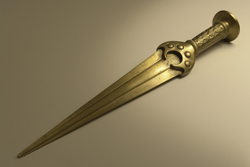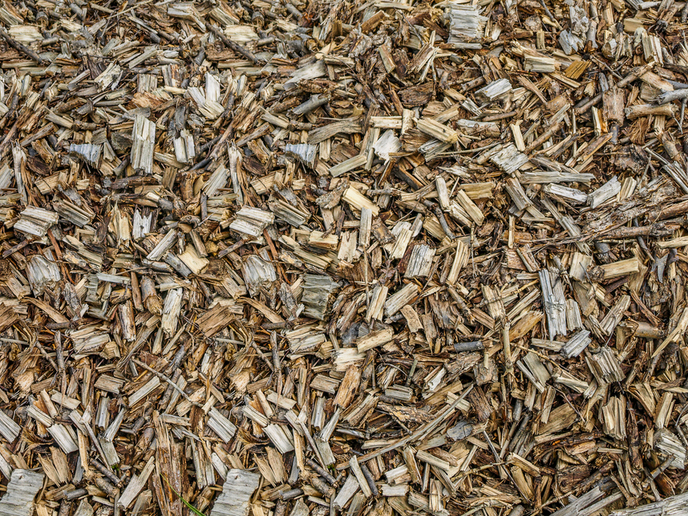Bronze Age metalwork: the link between weapons and society
This latter part of the Bronze Age saw significant changes, especially with regard to social organisation, metals and weapons. Against this background, the METAL WEAPONS CHANGE project sought to examine the impact of military praxis on technology, politics and communication networks.During this historical period, settlement systems were remodelled based on the expansion of the Urnfield phenomenon (relevant to the project's geographical area of interest). Urnfield refers to a particular culture of the period, so named after the custom of cremating the dead and placing their ashes in urns to be buried in fields. These settlement changes were marked by a dramatic increase in the visibility of bronze weaponry. Project members considered the topic of metalwork, long since used to map peoples' movements, long-distance contacts and interregional relations, to examine the transformative role of interactions in the particular region. To cross-reference each step in the chain of operations, including the acquisition, production, consumption and deposition of metal, researchers visited 25 museums in 9 countries. They performed 300 X-ray fluorescence analyses and took 110 metallographic and metallurgical samples for further analysis. Analysis results have been discussed in publications in peer-reviewed journals and thematic edited volumes as well as at conference proceedings. METAL WEAPONS CHANGE is preparing the core synthetic monograph of analyses and findings. The project’s research inspired the organisation of the 2013 Sheffield Aegean Round Table on the topic of defining prehistoric network connections between regions of the Aegean, the Balkans and Anatolia.Project work succeeded in defining regional characteristics in weapon design, based on technological choices relating to design and alloy composition. It also showed that weapons from the south Adriatic (most likely Italian) made their way into the Balkans, with weapons from this area later discovered in Greece and Italy. The weapons found confirmed that all three areas were interlinked through the exchange of military objects. Overall, project findings point to the river routes of the Balkans as being important components in complex communication networks. As such, weaponry is regarded as the most highly mobile artefact type, with changing political climates influencing the nature of interactions in the region under study.







